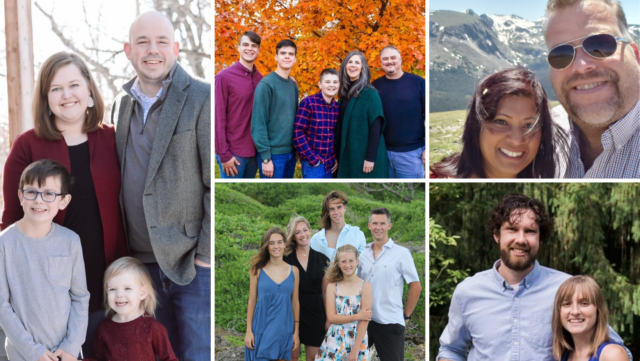
Euangelion, the Gospel, is good news. But good news needs a context to be meaningful. Good news is good because of how it fits in a story.
Humans need stories. They help us answer the big existential questions, like who am I; what is my purpose? We long to be part of a great story, which is why inviting people to follow Jesus into the epic story of the Kingdom of God is very good news. And, like any good epic, when we step into the story we find ourselves in medias res, in the middle of the action.
Every leader needs to be part historian, party storyteller, and part prophet.
That’s why, according to Dan Wilt, every leader needs to be part historian, party storyteller, and part prophet. Our job is to help connect people to the past, present, and future of the story of the Kingdom of God. Here are a few ideas for how we can do that really well, many of which came from our webinar, A Strategy for Making Your Church’s Story Go Viral. Listen to it here for more great content on this topic.
1. Discover your history.
You probably know your own story—how you came to follow Jesus—and the story of your church, but do you know your community’s story? Like, why was your town founded? What industries and philosophies and needs have shaped it?
History doesn’t go away. Things that took place decades and even centuries ago still have an impact on the economic, social, and spiritual tone of a place and a group of people. Find out what things, good or bad, are shaping the people around you right now. A good first step is to
Do some research.
Libraries, archives, museums, historical markers, even your community’s website, if there is one, are helpful. Talk to people who have been around the area their whole lives. Ask how they have seen things change.
Pay attention to where you can see the Holy Spirit at work in the past and look for the fruit of it now. Where have faithful women and men made an impact for the Kingdom of God? And conversely, where you see other spiritual powers at work? Hate crimes, corruption, scandal, violence can all leave long-lasting wounds in the heart of a community.
You might also want to dig into some church history. If you haven’t had a chance to watch Steve Nicholson’s excellent Roots of the Vineyard talks yet, do it now—they are fascinating!
2. Tell the story of the present.
“The Son can do nothing by himself; he can only do what he sees his Father doing…” John 5:19
The story we are in is happening now. So what’s God up to in your community? Jesus was always watching out for that, seeing how he could participate. We want to do the same, as well as show people how the Kingdom is connected to their personal and community history. So,
If you see something (positive), say something.
In other words, celebrate the places where you see God at work, both inside the church and outside of it, even if you have nothing to do with it (and even if the people involved aren’t totally aware they are participating in the Kingdom). All good fruit is God’s good fruit. So if you see people or organizations working to create love, joy, peace, patience, kindness, goodness, and faithfulness; if you see them caring for the poor, marginalized, and oppressed; take every opportunity to celebrate it. Talk to your friends about it. Mention it in sermons.
You’re not only encouraging good work to continue, but you are also helping people see how the Kingdom of God is connected with the desirable future.
3. Cast vision for the future.
Which leads to the last way we want to bring people into the story. Show where it is going, both for your church, and for the wider community. What might God’s intent for your city be? For your kids’ school? For small business owners? For the families in your neighborhood?
So that’s our challenge—to share the good news of how God’s Kingdom is at work in your community’s past, present and future, and show folks how they can be a part of that great story.





